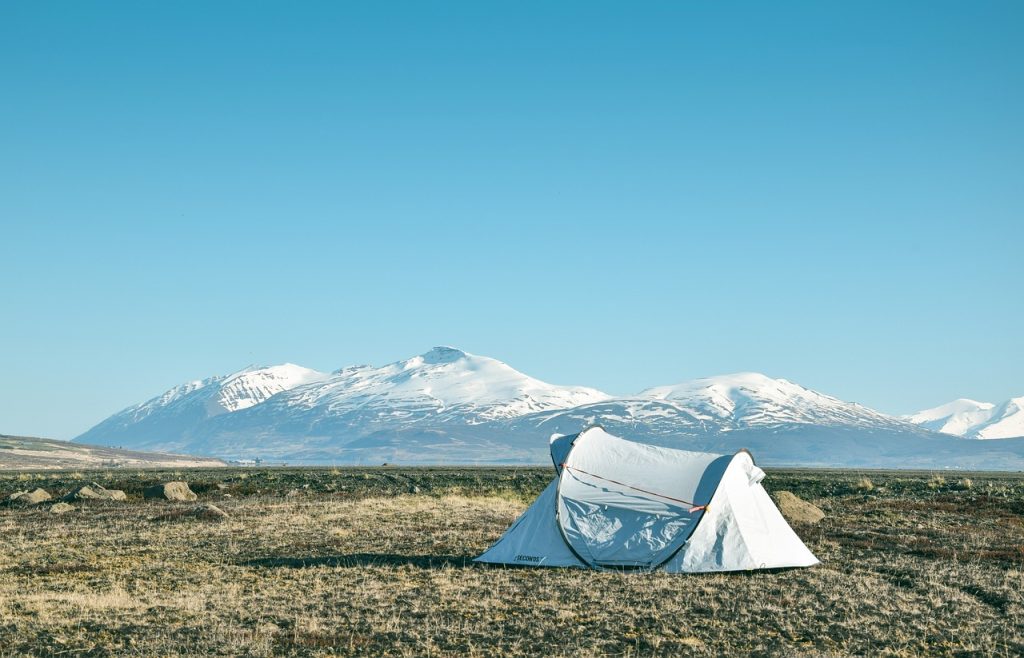All about Camping Quilts

Being heated is essential for the wellness and convenience of trekkers when setting up camp, particularly in the cold. Cold weather can lead to common ailments and significant illnesses like hypothermia if one isn’t prepared. Insulated Camping Quilts are a necessity when outdoors. In the same way that people move around freely under a standard blanket, they can do so while under a camping quilt, but with the added benefits of increased insulation and a more durable outer shell.
How to set up a Camping Quilt
It’s easy to set up and useCamping Quilts. Like a sleeping bag, many of these styles feature a pocket at the bottom into which one may slide their feet. A camping quilt can be considered a sleeping bag minus the zippers. There are a variety of quilt and mattress combinations available. Using the snaps, a mattress, additional quilt, or a camp blanket can be attached to one of these quilts.
If one is getting too hot under their quilt, they can release as much of it as they like from the mattress hooks. There is a large selection of camping quilts and mattresses made to fit the quilt for a wide range of uses. Using a camping blanket effectively requires additional equipment, such as ground pads, to protect the back from the cold.
What are the Key Differences Between a Regular Quilt and a Camping Quilt?
There are several key distinctions between Camping Quilts and typical quilts. Whereas a traditional quilt’s sole purpose is to keep you warm, camping quilts are explicitly made for use in the wilderness. A camping quilt covers people loosely and fastens them to the camp mattress. Because of this, the mattress can provide extra protection beneath the body by reducing the airflow under the blanket. This design does not restrict movement like a sleeping bag would, which would be the case if one were using one.
Camping Quilts weigh extremely little, making them considerably easier to transport whether individuals are out hiking or camping. Most of these blankets are filled with a feather or synthetic nylon, which results in them weighing only ounces each. Compared to traditional quilts made of cotton or wool, camping quilts are significantly more breathable since they are constructed of synthetic materials or down instead of cotton or wool. Even though breathability might not seem like a major deal when it’s freezing outside, it will become significant if people feel too hot throughout the night.
When camping in freezing conditions, these variances can have a significant impact not just on comfort but also on overall health. A sleeping bag and a camping quilt are similar in appearance and function; however, they are more mobile, weigh less, and take up less space in their carrying case than a sleeping bag would.
Traditional Quilts in place of Camping Quilts
Traditional quilts are similar to Camping Quilts but are not camping-centric. The fact that conventional quilts cannot effectively keep people warm in the wilderness is the primary reason one should not bring them. Campers should use a camping quilt, but if they don’t have one or can’t afford one, they can use a standard quilt instead. One should refrain from bringing a traditional quilt with them when trekking because the typical weight of a traditional quilt is approximately 7 pounds, while the weight of a camping quilt is only 1 pound. Trekkers will notice a considerable difference when they have to carry all of their equipment on their backs.
FAQs
What are the benefits of using a camping quilt?
Camping quilts are lightweight, compact, and versatile, making them a great alternative to traditional sleeping bags. They provide better temperature regulation and can be easily adjusted for comfort.
How do I choose the right camping quilt?
Consider factors such as temperature rating, weight, insulation type (down or synthetic), and size. Choosing a quilt that suits your camping conditions and personal preferences is essential.
Can camping quilts be used in all seasons?
While camping quilts are ideal for three-season use, specialized quilts with higher temperature ratings can be used in colder conditions. Check the temperature rating and insulation type to match your needs.
How do I maintain my camping quilt?
To maintain your camping quilt, follow the manufacturer’s care instructions. Typically, this includes regular washing with a gentle detergent, storing it in a breathable bag, and ensuring it is thoroughly dried after each use.
Are camping quilts suitable for all types of outdoor activities?
Camping quilts are versatile and can be used for outdoor activities such as backpacking, hiking, and car camping. Their lightweight and compact design makes them easy to carry and use in different environments.